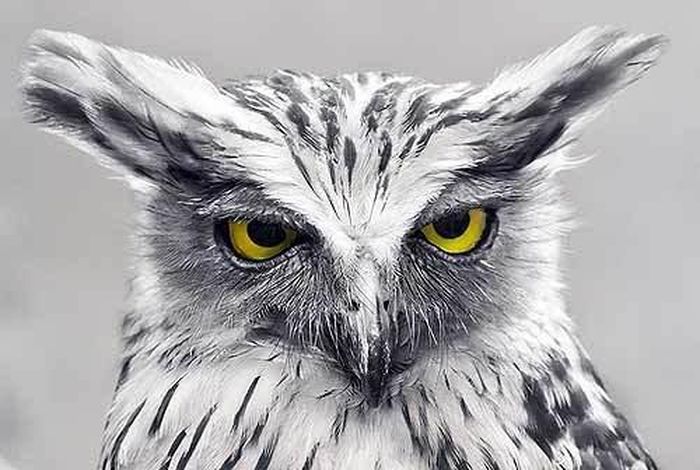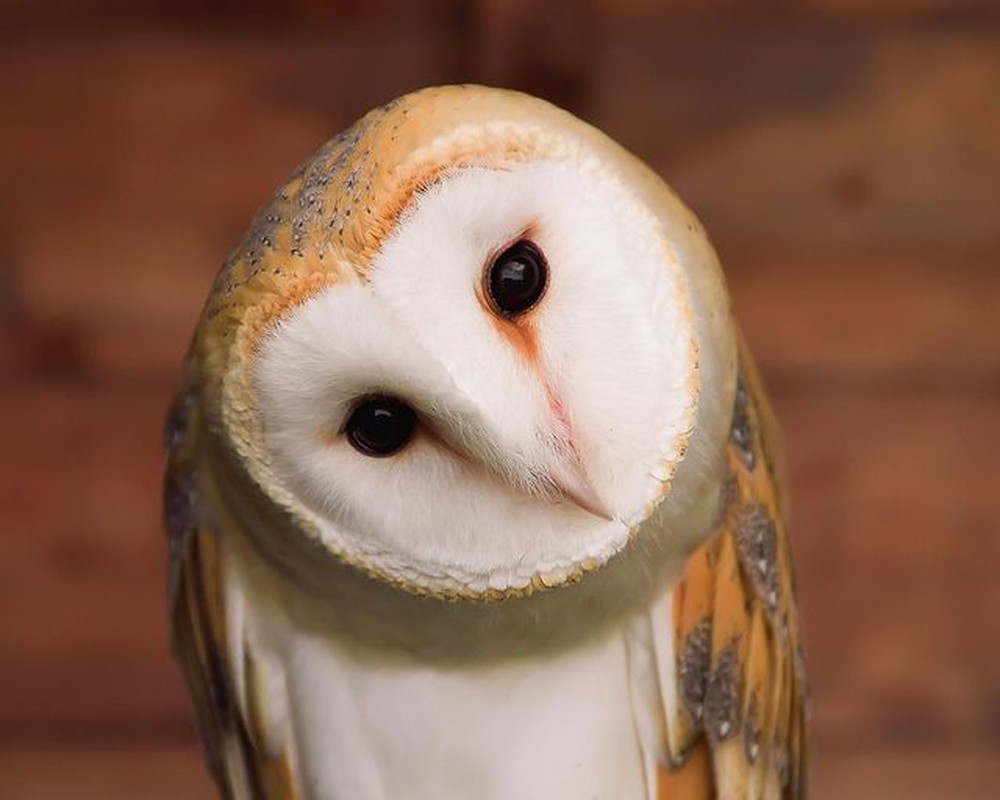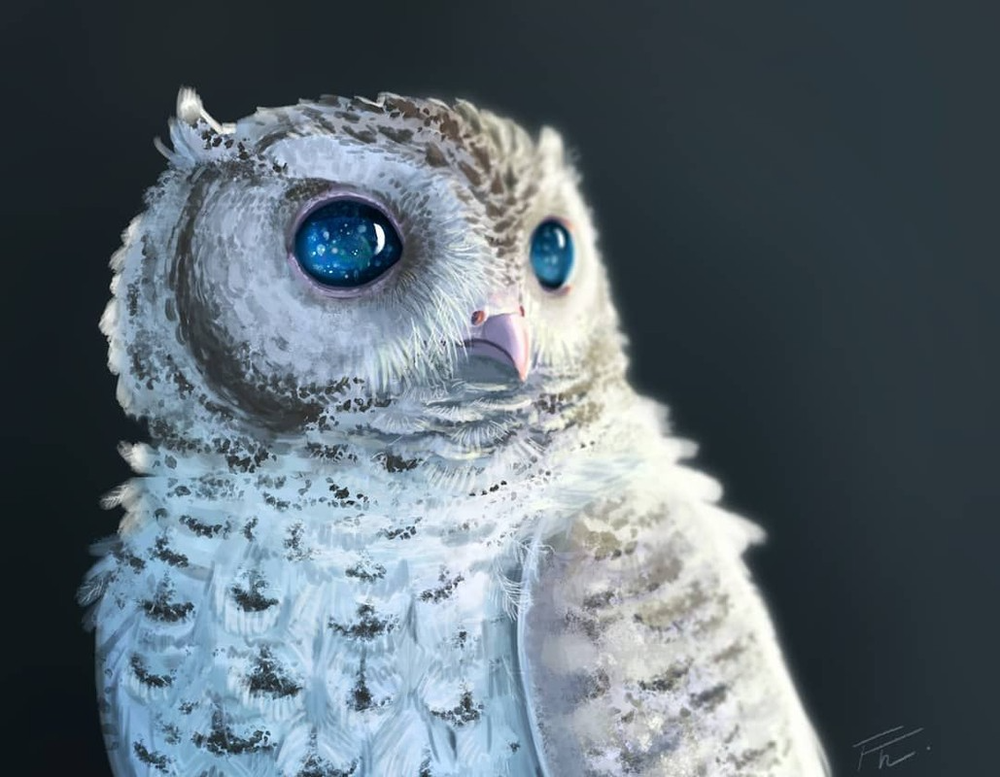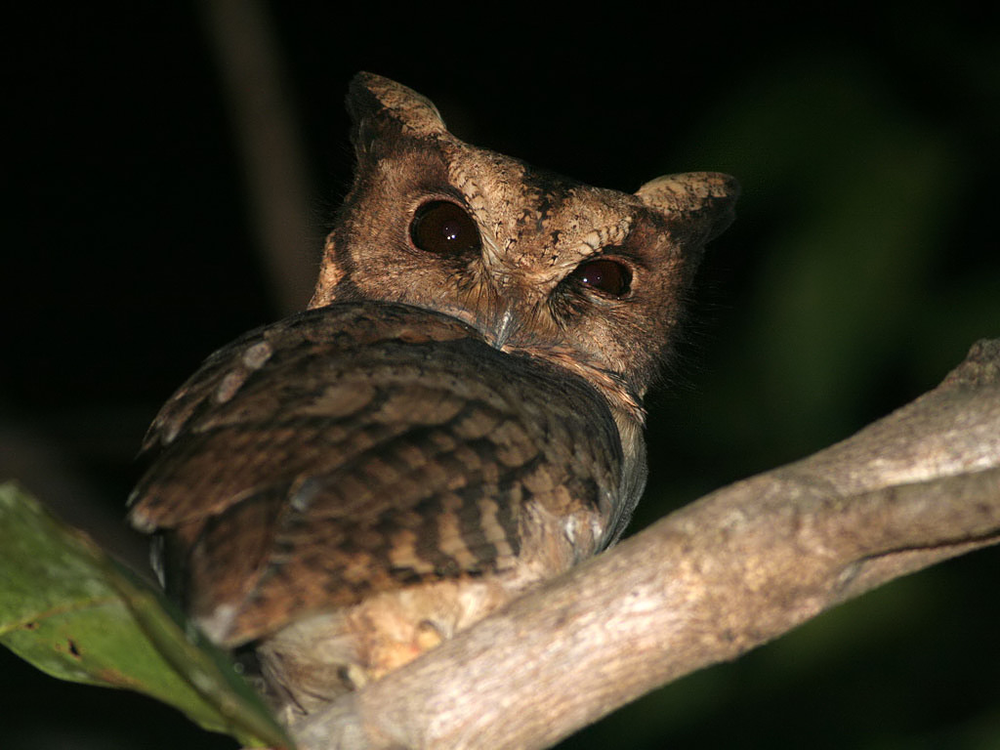
All owl species have large eyes that face forward, instead of to the sides like other birds. This eye arrangement gives owls stereoscopic vision similar to humans, helping them judge distance well when attacking prey.
The owl’s large eyes also have the ability to catch light well, allowing them to track the movement of prey in the dark.

The disadvantage of owl eyes is that their eyeballs are fixed in the eye sockets. Therefore, to change the direction of gaze, the owl will have to turn its head and not “glance”.
Thanks to its long neck hidden under very thick feathers, owls can turn their heads very flexibly. Thick fur also makes the owl’s head look much larger than it actually is, making enemies hesitate if they plan to attack.
Most owls have facial discs that look like a mask of feathers. This disc has the effect of directing sound to the large ears, helping to enhance the owl’s sensitive vision.

The owl’s beak does not point forward but curls down to minimize sound resistance. This beak has a sharp tip like an eagle’s beak, helping them hold their prey tightly and nibble meat effectively.
Most owls are nocturnal and have one ear higher than the other. This arrangement helps them receive sound in both vertical directions.
Many species of owls have distinctive “ear flaps” made of feathers that look like cat ears. There are many different opinions about the use of this part in the scientific community.

According to old beliefs, owl “ear flaps” have the same effect of transmitting sound as the ear flaps of animals. However, new research projects confirm that this “ear ring” has nothing to do with hearing.
To date, no satisfactory answer has been given to what the “ear ring” is…





